
Buying a used car can indeed be a smart financial decision, offering the opportunity to get more value for your money. However, this journey also comes with its own set of risks, prominently featuring the possibility of purchasing a “lemon”—a vehicle riddled with serious defects that may not be immediately apparent to the untrained eye. Unscrupulous car dealers and private sellers frequently employ various tricks to disguise these major issues, hoping to pass off a faulty car as a reliable ride.
Recognizing the warning signs of a lemon before you commit to a purchase can save you from substantial financial headaches, frustrating repair bills, and significant buyer’s remorse. For anyone navigating the used car market in 2025, whether you’re a first-time buyer or an experienced car owner, arming yourself with knowledge and confidence is paramount. It’s about more than just finding a good deal; it’s about securing a reliable vehicle that ensures your safety and protects your investment.
In this comprehensive guide, we will walk you through a series of crucial indicators and deceptive tactics, drawing from expert advice to help you spot a lemon from miles away. By understanding these pitfalls and knowing what to look for, you can significantly enhance your chances of driving away with a solid, trustworthy vehicle. Let’s delve into the initial, critical signs that demand your careful attention during your pre-purchase evaluation.

1. **Inconsistent Paint or Body Panels: Unmasking a Car’s Hidden Past**
One of the first and most telling signs that a car may have a hidden history of damage is inconsistent paint or misaligned body panels. This isn’t just about aesthetics; uneven gaps between panels or mismatched paint colors often serve as strong indicators of prior accidents or poor repair work. When a vehicle has been involved in a collision, even if repaired, the structural integrity and finish might not be perfectly restored.
Carefully run your hands along the seams where different body panels meet, such as between the fender and the door, or the hood and the grille. You should feel uniform gaps and see a consistent alignment. Any discrepancies, such as a panel sitting slightly higher or lower, or wider gaps on one side compared to another, should immediately raise a red flag. These inconsistencies suggest that panels have been removed, replaced, or adjusted, likely after an impact.
Furthermore, inspect the paintwork from various angles and under different lighting conditions. Mismatched paint shades, particularly noticeable around edges or in shaded areas, indicate that sections of the car have been repainted. While a minor repaint for a scratch isn’t a major concern, large areas of inconsistent paint or the presence of “overspray” on trim or rubber seals point to more extensive bodywork, which could be hiding underlying frame damage or rushed repairs.
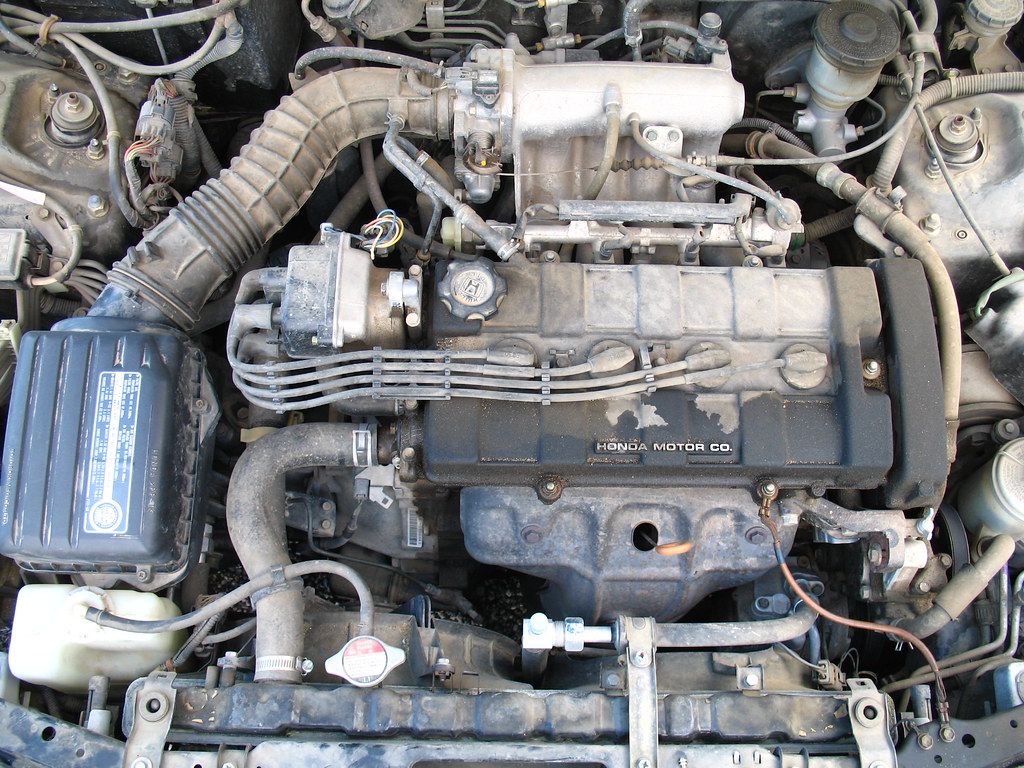
2. **Odd Noises and Strong or Strange Odors: Decoding the Car’s Sensory Warnings**
During a test drive and even before, your senses can provide invaluable clues about a vehicle’s true condition. Odd noises emanating from the car, such as knocking, rattling, or whining sounds, often signal serious mechanical issues within the engine, transmission, or suspension system. A consistent knocking sound from the engine, for instance, can indicate internal engine wear, while a whining noise might point to transmission problems or issues with power steering.
Listen intently as you drive, accelerating, braking, and turning. Does the car groan when you go over bumps, suggesting suspension trouble? Do the brakes squeal or grind, signaling worn pads or rotors? These auditory cues are not to be ignored, as they often precede costly repairs. Even a seemingly minor rattle could be a loose component that, if left unattended, could lead to larger problems down the line.
Equally important are any strong or strange odors inside or around the vehicle. A persistent moldy smell within the cabin can be a clear indicator of water damage, potentially from leaks or prior flood exposure. Conversely, a burning scent might signal an overheating engine, an electrical short, or issues with the brakes or clutch. These odors are not just unpleasant; they are critical warnings that the vehicle may have serious, hidden problems affecting its safety and long-term reliability.
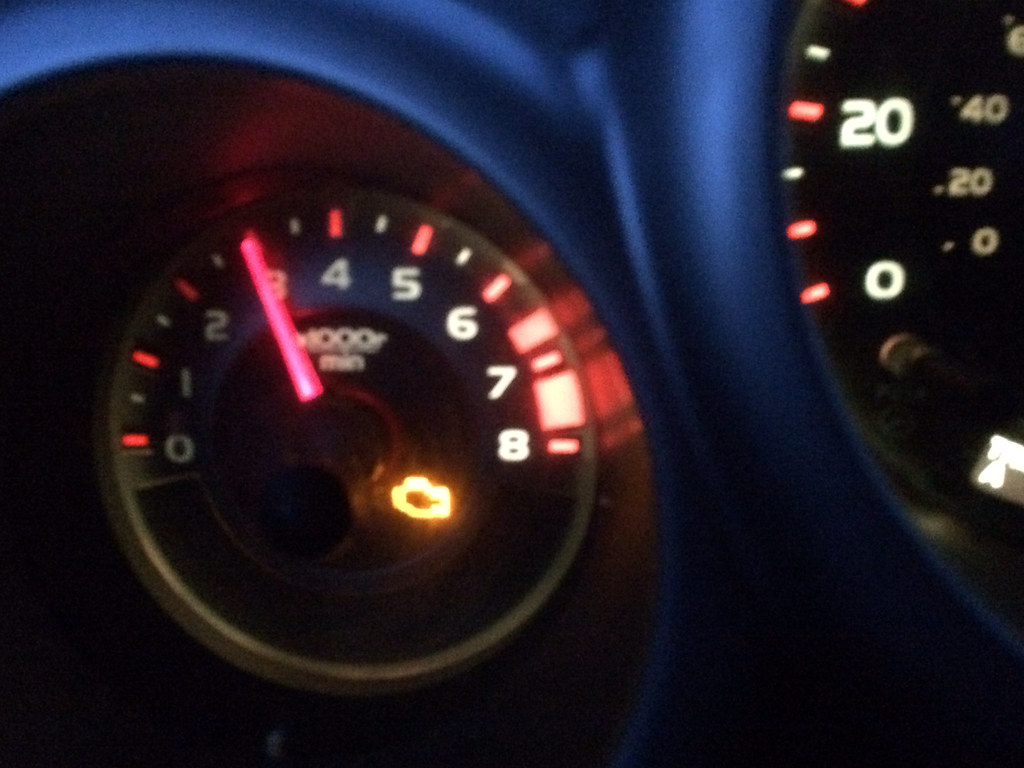
3. **Check Engine Light Issues and Reset Batteries: Unmasking Hidden Diagnostic Troubles**
The Check Engine Light (CEL) is a critical diagnostic tool, designed to alert you to problems within the vehicle’s engine or emissions system. If this light is illuminated, it almost certainly means there’s a problem requiring attention. However, a trick dishonest sellers sometimes use is to temporarily clear error codes by disconnecting the battery before a test drive. This action turns off the CEL, making it appear as if no issues exist.
To detect this deceptive tactic, pay close attention to the vehicle’s electronic systems. Check if the clock or radio settings have been reset, as these are often cleared when the battery is disconnected. If the seller seems overly keen to get you on the road immediately after you’ve approached the car, or if the car has just been detailed, it could be a subtle sign they’ve recently tampered with the battery to hide a problem.
The most reliable way to uncover hidden issues related to the Check Engine Light is to bring an OBD2 scanner. These devices can read “stored” error codes that remain in the car’s computer even after the light has been turned off, revealing past or intermittent problems that the seller tried to conceal. A seller unwilling to allow an OBD2 scan should be viewed with extreme suspicion, as they are likely trying to hide significant trouble that could lead to persistent electrical problems or frequent mechanical failures.
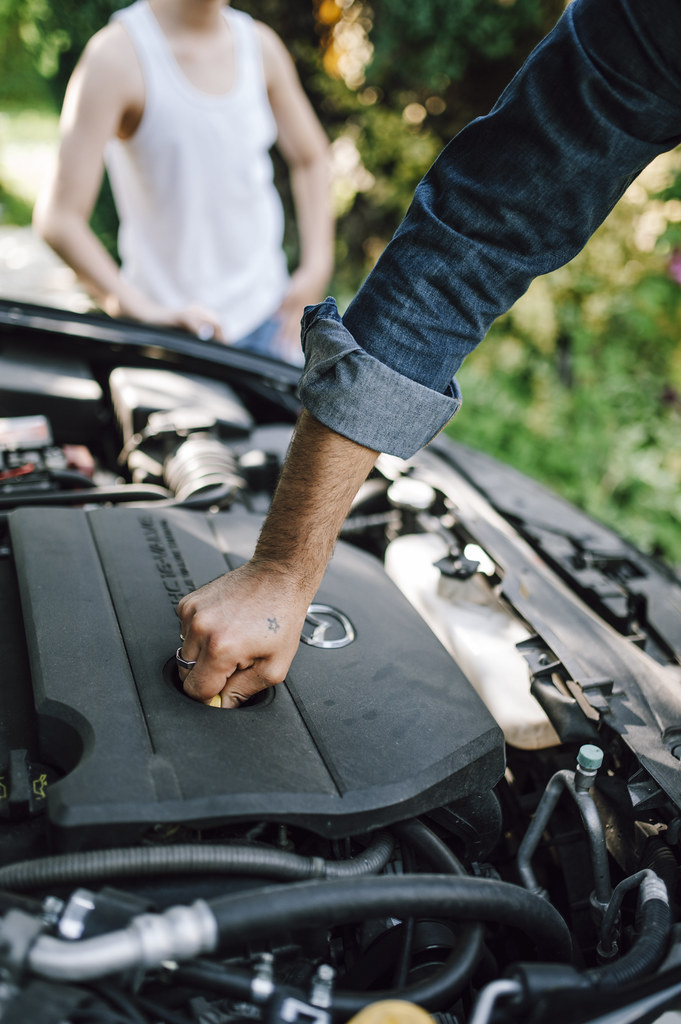
4. **Excessive Rust, Corrosion, and Hidden Flood Damage: Spotting Water-Related Woes and Neglect**
Rust and corrosion are significant indicators of a vehicle’s overall condition and potential for extensive damage. While some surface rust might be expected on older vehicles, excessive rust on critical structural components like the frame, undercarriage, or inside the wheel wells can indicate long-term neglect or, more severely, prior flood damage. Rust weakens metal, compromising the vehicle’s safety and integrity, and can lead to expensive, complex repairs.
Beyond visible rust, be acutely aware of signs of flood damage, which can transform a car into a veritable lemon. Cars that have been submerged in floods are often cleaned up and sold as normal used vehicles, but the water’s corrosive effects can cause long-term electrical problems and mechanical failures that manifest much later. Look for telltale signs such as water stains under the carpet, especially lifting it in inconspicuous areas, and check for musty smells that persist even after extensive cleaning.
Other subtle yet critical clues for flood damage include condensation inside the headlights or taillights, or rust in hidden areas where water would settle, such as under the seats, inside the glove compartment, or within trunk crevices. Inspect electrical components for signs of corrosion or mud residue. A vehicle history report can sometimes flag flood damage, but a thorough physical inspection, combined with knowledge of these signs, is crucial to avoid a car that has been irrevocably compromised by water.

5. **Worn Tires, Uneven Tread, and Sloppy Repairs: Indicators of Wear, Alignment, and Poor Workmanship**
The condition of a vehicle’s tires offers a quick and accurate snapshot of its overall health and how it has been maintained. Worn tires are not just a safety hazard; uneven tread wear can signal deeper, underlying problems such as alignment issues, suspension problems, or even a prior accident that bent the frame. For example, if the inner or outer edges of the tires are significantly more worn than the center, it points directly to an alignment problem or worn suspension components that will require costly repair.
Beyond the tires, pay close attention to any signs of sloppy repair jobs on the vehicle’s body or interior. Misaligned trim pieces, visible overspray of paint on rubber seals or windows, or missing fasteners around body panels are all indicators of poor-quality repairs. These shortcuts suggest that previous damage was fixed on the cheap, often to hide more significant issues without properly addressing them. A car with these cosmetic flaws implies a history of inadequate care, which may extend to its mechanical components as well.
These indicators are critical because they speak volumes about the vehicle’s past and the attention it has received. A seller who neglects to properly maintain tires or allows substandard repair work to be done is likely to have cut corners elsewhere. Identifying these issues gives you valuable leverage during negotiation or, more wisely, a clear reason to walk away from a potential lemon before it becomes your problem.

6. **Odometer Tampering and Rollback Fraud: Identifying Mileage Manipulation**
Odometer tampering, also known as rollback fraud, is a deceptive practice where sellers illegally alter the vehicle’s mileage to make it appear as though it has been driven less. Lower mileage figures significantly inflate a car’s perceived value and can trick buyers into thinking they’re getting a newer, less-used vehicle. This fraud can be perpetrated on both mechanical and digital odometers, making it a persistent concern in the used car market.
Spotting odometer tampering requires a keen eye and diligent research. Start by examining the vehicle’s interior for signs of excessive wear that contradict the displayed mileage. For instance, if a car shows unusually low mileage but has heavily worn pedals, a shiny or scuffed steering wheel, and noticeably saggy or ripped seat upholstery, these inconsistencies suggest that the odometer has been rolled back. The physical wear should generally match the number on the dash.
The most effective way to detect mileage manipulation is through reviewing maintenance records and vehicle history reports from services like Carfax or AutoCheck. These reports often log mileage at different points in the car’s life, such as during service appointments or title transfers. Any discrepancies, such as a higher mileage reading in an older record than the current display, are definitive proof of rollback fraud. If these documents are unavailable or incomplete, it’s a significant red flag that the seller may be trying to hide something.
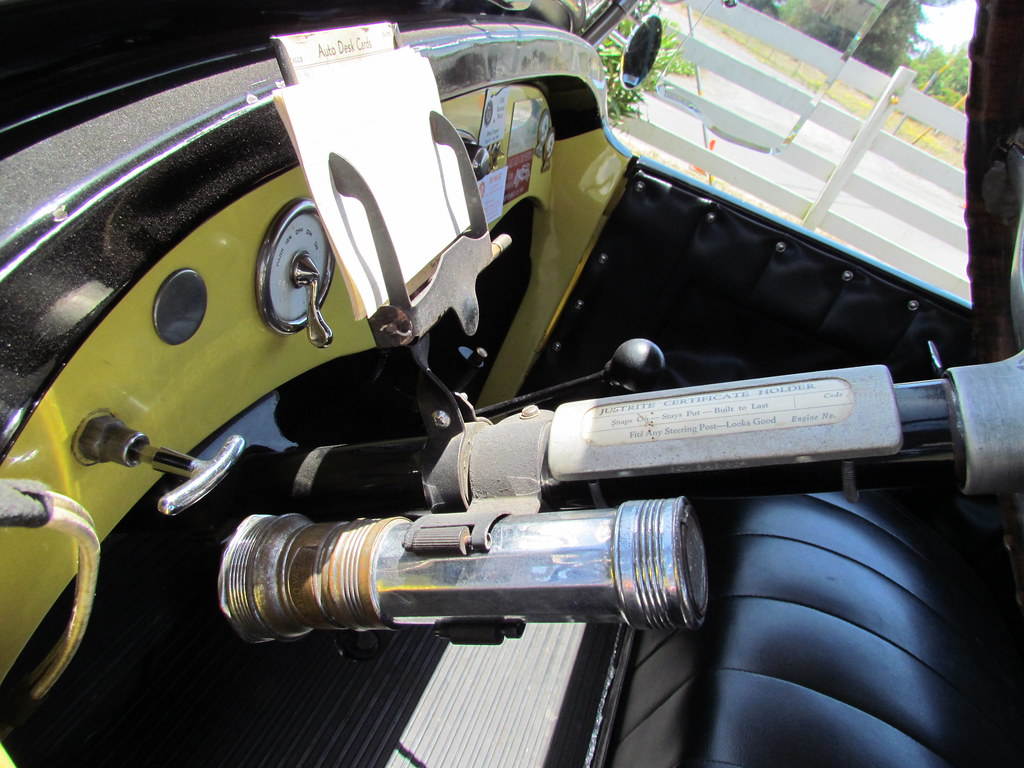
7. **Title Washing and VIN Verification: Ensuring a Clean and Legitimate Vehicle Identity**
A clean title is fundamental to a legitimate vehicle purchase, yet dishonest sellers employ a tactic called “title washing” to obscure a car’s problematic past. Title washing occurs when a car with a salvage, rebuilt, or flood-damaged title from one state is registered in another state that might have less stringent disclosure laws. This process effectively “washes” away the vehicle’s adverse history, presenting it as a normal used car.
To protect yourself from title washing, always run a comprehensive vehicle history report. These reports, provided by services like Carfax or AutoCheck, are designed to track a car’s history across state lines and can reveal past registrations in multiple states, especially if these transfers occurred unusually quickly or frequently. A detailed report will highlight any previous salvage, rebuilt, or flood titles, regardless of where the car is currently registered.
Beyond title verification, it is absolutely essential to verify the Vehicle Identification Number (VIN). The VIN is a unique 17-character code that serves as the car’s fingerprint. Make sure the VIN displayed on the dashboard matches the VIN on the driver’s side door sticker, the engine block, and, crucially, the vehicle’s title. Some scammers will go as far as swapping VIN plates to hide a car’s real identity and history. Any mismatch is a severe red flag and indicates potential fraud, signaling that you should immediately walk away from the deal.

8. **Covering Up Frame Damage: Detecting Serious Structural Compromise**
Frame damage is one of the most serious issues a used vehicle can have, significantly compromising its safety and structural integrity. Dishonest sellers often attempt to hide this by performing cheap, cosmetic repairs and repainting the car after a severe accident. These superficial fixes make the car appear sound, but they do nothing to address the underlying structural weaknesses, effectively transforming the vehicle into a dangerous lemon.
Detecting frame damage requires a meticulous inspection. Begin by carefully examining the undercarriage for any signs of bending, buckling, or unusual repairs. Look for inconsistent welds, especially around the suspension mounts and crumple zones, as factory welds are typically uniform and precise. Any discrepancies, such as amateur welding or areas where the frame appears to have been pulled or straightened, should immediately raise a red flag.
Beyond the undercarriage, scrutinize the body panels for uneven gaps. While minor discrepancies might be from previous small repairs, significant variations in the spacing between doors, fenders, hood, and trunk can indicate that the entire frame is out of alignment. Also, check for fresh undercoating applied heavily in specific areas, which might be an attempt to conceal rust or prior damage. A professional pre-purchase inspection by a mechanic specializing in structural integrity is crucial here, as they have the expertise and equipment to identify even subtle signs of frame compromise.
Frame damage not only poses a safety risk in future collisions by reducing the vehicle’s ability to absorb impact, but it also affects alignment, tire wear, and overall handling. A vehicle with compromised frame integrity will never drive correctly, leading to persistent issues and potentially very expensive, if not impossible, repairs. Never overlook the possibility of hidden frame damage; it’s a definitive reason to walk away from a potential purchase.
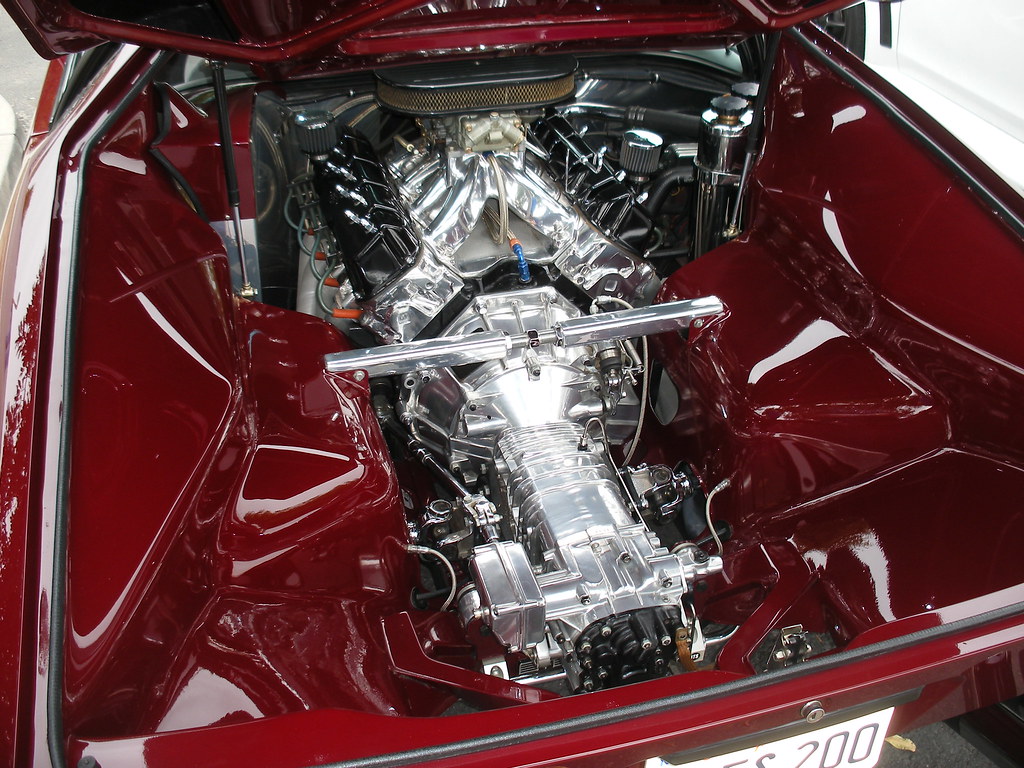
9. **Hiding Engine and Transmission Issues: Exposing Temporary Mechanical Fixes**
The engine and transmission are the heart and soul of any vehicle, and issues within these critical components can quickly turn a used car into an incredibly expensive lemon. Dishonest sellers are acutely aware of this, and they sometimes employ deceptive tactics to temporarily mask serious problems. A common trick involves adding thick oil or special transmission additives just before a sale, which can briefly quiet engine knocking or smooth out transmission slipping, making the vehicle seem fine during a short test drive.
To expose these hidden mechanical problems, a thorough test drive is paramount. Drive the car for at least 15 minutes, ensuring it reaches operating temperature. Pay close attention to how the engine idles—is it smooth, or does it hesitate or produce unusual vibrations? During acceleration, listen for any knocking, tapping, or grinding noises that might emerge once the engine is warm. When testing the transmission, observe if gear changes are smooth and consistent or if there’s any hesitation, jolting, or slipping between shifts.
Furthermore, a trusted mechanic’s thorough inspection is indispensable. They can check fluid levels and conditions; for example, dirty or burnt-smelling transmission fluid is a significant red flag. They can also perform diagnostic tests to identify fault codes that might have been temporarily cleared but could reappear. If the seller insists on a very short test drive or discourages a mechanic’s inspection, these are strong indicators they might be trying to hide significant and costly engine or transmission troubles.
Engine stalls, transmission problems, and overheating are frequently cited mechanical failures that can categorize a vehicle as a lemon under various state laws. Recurring issues that persist despite multiple repair attempts indicate a manufacturing defect. While additives might offer a brief reprieve, they do not resolve underlying mechanical failures. Identifying these issues early is crucial to avoid perpetual repair cycles and ensure your vehicle’s long-term reliability and safety.

10. **Test Drives in Poor Conditions and High-Pressure Tactics: Recognizing Seller Manipulation**
Beyond the vehicle itself, the selling environment and the seller’s behavior can also provide crucial clues about a potential lemon. Dishonest sellers often use environmental conditions and psychological pressure to rush buyers and obscure flaws. Arranging a test drive at night, in the rain, or during poor weather conditions can intentionally hide cosmetic imperfections like scratches, dents, and inconsistent paint, or even conceal exhaust smoke that might indicate engine problems. Always insist on inspecting and test-driving the car during daylight hours and in dry conditions to ensure full visibility of its exterior and performance.
Equally problematic are high-pressure sales tactics. If a seller is aggressively pushing you to make an immediate decision, urging you to sign papers ‘right now’ because ‘another buyer is waiting,’ or refusing to allow adequate time for a thorough inspection or a pre-purchase inspection (PPI), consider this a major red flag. This behavior is designed to make you feel rushed and prevent you from critically evaluating the vehicle, increasing the likelihood that you overlook significant issues. A reputable seller will always provide ample time and transparency.
During the test drive itself, ensure you have the freedom to drive on various road types—city streets, highways, and even some stop-and-go traffic, if possible. This allows you to test acceleration, braking, and steering responsiveness under different conditions. Listen intently for any odd sounds from the engine, transmission, or suspension that only emerge during driving. If the seller tries to control the route or limit the duration of your drive, it’s a strong indication they’re attempting to prevent you from discovering something important.
Your comfort and confidence during the purchasing process are paramount. If something feels ‘off’—whether it’s the car, the seller’s demeanor, or the circumstances of the sale—trust your gut. As the saying goes, ‘If something feels off, walk away.’ A legitimate deal will not require you to sacrifice due diligence or succumb to pressure tactics. Remember, you have the right to take your time, inspect thoroughly, and make an informed decision without feeling rushed or coerced.

11. **Always Get a Pre-Purchase Inspection (PPI): The Crucial Role of Professional Evaluation**
When navigating the complexities of the used car market, perhaps no single step offers as much protection against purchasing a lemon as a comprehensive Pre-Purchase Inspection (PPI). A car might appear immaculate on the surface and perform well during a short test drive, but significant problems can remain hidden beneath the hood, within the chassis, or deep within its electronic systems. This is where the expertise of a certified, independent mechanic becomes invaluable, as they can spot crucial red flags that an average buyer might easily overlook.
Taking the small investment in a PPI, typically ranging from $100 to $200, can potentially save you thousands of dollars in future repairs and prevent immense frustration. During a PPI, a trusted mechanic—one not affiliated with the seller—will meticulously examine the vehicle. Their inspection covers critical areas such as engine and transmission wear, identifying any leaks or fluid problems, assessing the health of the brakes and tires, and scrutinizing steering and suspension components. Crucially, they can also detect signs of past frame damage from wrecks that may have been poorly repaired.
Even if a vehicle seems to be running perfectly at the time of inspection, a professional can often identify subtle signs of long-term damage or impending failures. What might appear as a minor issue can quickly escalate into a major, costly repair shortly after you take ownership. It’s recommended to choose a licensed mechanic, ask for a full written report detailing their findings, and ideally, be present during the inspection to ask questions and observe their process. This proactive step provides immense peace of mind and significantly enhances your leverage in negotiations, or, more importantly, gives you a clear reason to walk away from a problematic vehicle.
Whether you are purchasing from a private seller or a dealership, a PPI is a non-negotiable step. It is especially critical for high-mileage or older models, where wear and tear are naturally more pronounced. In environments like those in Tempe, Mesa, and other areas where extreme heat and stop-and-go traffic can accelerate component degradation, a thorough inspection is even more vital. By empowering yourself with an unbiased, expert evaluation, you dramatically reduce the risk of ending up with a lemon and instead secure a reliable vehicle that meets your expectations.

12. **Research Specific Years and Models: Proactive Steps to Avoid Known Issues**
Before you even step foot on a dealership lot or contact a private seller, one of the most proactive and effective strategies for avoiding a lemon is to conduct thorough research on specific years and models of interest. The truth is, not all vehicles are created equal, and some model years or entire lines may be notorious for certain issues or have a higher propensity for problems than others. Arming yourself with this knowledge beforehand can help you narrow your search to more reliable options and steer clear of known trouble spots.
Begin by exploring reliability ratings from trusted independent sources, such as Consumer Reports, which conducts extensive surveys on owner satisfaction and common vehicle failures. These reports can illuminate recurring mechanical or electrical problems that plague specific models. Additionally, utilize resources like the National Highway Traffic Safety Administration (NHTSA) Recall Lookup tool to check for any open recalls or safety issues associated with particular years. A high number of recalls or a history of frequent, unresolved safety defects should be a major warning sign.
Online owner forums and groups dedicated to specific car makes and models are also invaluable resources. Here, real-life owners openly discuss their experiences, highlighting persistent issues, typical repair costs, and overall satisfaction or dissatisfaction with their vehicles. This anecdotal evidence can often provide insights into minor quirks or chronic defects that might not appear in official reports. If you repeatedly see complaints about the same component or system across multiple owners, it’s a strong indication that the model might indeed be prone to becoming a lemon.
Paying attention to these trends, especially for buyers in regions like Chandler or Gilbert where environmental factors such as intense heat and heavy stop-and-go traffic can exacerbate certain mechanical issues, is crucial. If your research reveals a particular year or model has a consistent track record of frequent failures or high repair costs, it’s often best to broaden your search. Investing time in this preliminary homework pays significant dividends, leading to fewer unexpected surprises, lower long-term repair bills, and a much greater chance of driving away with a dependable, lemon-free used car.

13. **Suspiciously Low Prices: Why ‘Too Good to Be True’ Usually Is**
In the quest for a great deal on a used car, a suspiciously low price can often be one of the most misleading red flags. While it’s natural to seek value, an offer that seems ‘too good to be true’ usually is—and it can be a clear indicator that the vehicle is a lemon in disguise. Buyers who prioritize only the lowest price without performing due diligence frequently find themselves with a car riddled with hidden, costly problems that far outweigh the initial savings.
To protect yourself, it’s essential to research the fair market value of the specific make, model, and year of the car you are considering. Websites like Kelley Blue Book or Edmunds provide excellent resources for comparing prices of similar vehicles in your local area, whether you’re in Tempe, Mesa, or elsewhere. If a particular used car’s asking price is significantly below this established market average, extreme caution is warranted. This discrepancy often signals serious underlying issues that the seller is attempting to offload quickly.
Numerous significant problems can be lurking behind a rock-bottom price. These include undisclosed mechanical issues that require expensive repairs, a history of major accidents or extensive damage that was poorly fixed, or a long-standing pattern of poor maintenance. Furthermore, a low price can sometimes indicate title problems, such as a salvage or rebuilt title, which severely impacts the vehicle’s long-term value and insurability. Always ask the seller for a clear, honest explanation for the unusually low price. Vague or evasive answers should be considered a strong signal to walk away.
The goal when buying a used car should not be to find the absolute cheapest option, but rather to secure the best *value*—a fair price for a well-maintained, reliable vehicle. By being wary of unbelievably low prices and focusing instead on comprehensive evaluation, including a vehicle history report and a pre-purchase inspection, you can avoid buying a lemon and protect your investment in the long run. Remember, a cheap car that requires thousands in repairs is no longer a bargain; it’s a financial drain.

14. **Certified Pre-Owned (CPO) Vehicles: Understanding the Added Layer of Protection**
For buyers seeking to minimize the risk of acquiring a lemon, Certified Pre-Owned (CPO) vehicles represent a significantly safer and more reassuring option in the used car market. Unlike standard used cars, CPO vehicles undergo a rigorous, multi-point inspection process mandated by the manufacturer. This comprehensive examination, often covering 100 or more points, ensures that critical components like the engine, transmission, brakes, and electrical systems meet stringent quality standards and that many common problems are identified and rectified *before* the car is offered for sale.
A key advantage of CPO vehicles is the added layer of protection they provide, frequently including an extended warranty. These manufacturer-backed warranties extend beyond any remaining factory warranty, covering significant repairs that might otherwise become a substantial financial burden for the buyer. Additionally, many CPO programs offer perks such as roadside assistance, further enhancing peace of mind. These vehicles are also typically newer models with lower mileage, which inherently reduces the likelihood of encountering major issues compared to older, higher-mileage used cars.
The thorough inspection and reconditioning process means that CPO vehicles are less likely to harbor hidden defects that could turn them into lemons. For consumers, particularly those in areas like Mesa, Tempe, or Gilbert, where a reliable vehicle is essential, choosing a certified option can substantially reduce the anxiety associated with a used car purchase. The transparency provided by the certification process, coupled with the warranty and other benefits, offers a level of confidence often unattainable with non-certified used cars.
While CPO vehicles generally come with a slightly higher price tag than comparable non-certified used cars, the added peace of mind, reduced risk of unexpected repairs, and comprehensive support often justify the investment. It’s a strategic choice for buyers who prioritize reliability and long-term value, serving as an effective shield against the financial and emotional distress of buying a lemon. Opting for a CPO vehicle is a smart, proactive step towards driving worry-free for years to come.
Read more about: An In-Depth Consumer’s Guide: Navigating New, Used, and Certified Pre-Owned Car Choices

15. **Buying from a Reputable Dealer: The Benefits of Choosing a Trustworthy Seller**
The choice of where you purchase your used vehicle can be as critical as the vehicle itself in avoiding a lemon. Buying from a reputable dealership significantly lowers your risk, as trusted dealers have a vested interest in their reputation and typically adhere to higher standards of vehicle preparation and customer service. Dealerships like Overstock Vehicles, for instance, pride themselves on carefully inspecting their used cars, trucks, and SUVs before they ever reach the sales floor, proactively identifying and addressing issues that might otherwise turn into buyer’s remorse.
A key differentiator of reputable dealers is their commitment to transparency. They readily provide detailed vehicle history reports, often including the results of their internal inspection processes, and maintain clear, honest pricing with no hidden fees. This openness contrasts sharply with less scrupulous sellers who might withhold information or employ deceptive tactics. Furthermore, good dealers often stand behind their vehicles, offering various warranty options or service plans that provide an additional layer of protection against unexpected mechanical failures after the purchase.
When evaluating a dealership, look for several indicators of reliability. A positive reputation within the local community, evidenced by customer reviews and word-of-mouth, is a strong sign of trustworthiness. Dealers who have been in business for a long time and have a strong track record of satisfied customers are generally more reliable. Their sales staff should be knowledgeable, willing to answer all your questions without pressure, and openly encourage independent pre-purchase inspections by your chosen mechanic.
For shoppers in regions such as Tempe, Mesa, Gilbert, and Chandler, prioritizing a reputable dealer means safer buying. While private sellers might offer slightly lower prices, the absence of accountability, transparency, and post-sale support can expose buyers to considerably greater risks. A trusted dealership minimizes the chances of acquiring a lemon, providing the confidence and peace of mind essential for a successful used car purchase, ensuring that your investment is sound and your driving experience is reliable.
**Conclusion: Driving Away with Confidence**
Having armed yourself with this comprehensive knowledge, from scrutinizing every inch of a vehicle for hidden damage to understanding the subtle and overt tactics used by dishonest sellers, your journey through the used car market is no longer a gamble. You now possess the tools to navigate potential pitfalls, confidently identify red flags, and make truly informed decisions. Remember, buying a used car should be an empowering experience, leading you to a reliable vehicle that serves your needs and protects your hard-earned money. By staying diligent, trusting your instincts, and leveraging professional expertise, you can successfully steer clear of lemons and drive away with confidence, knowing you’ve made a smart choice and secured a vehicle that will reliably serve you for years to come.



